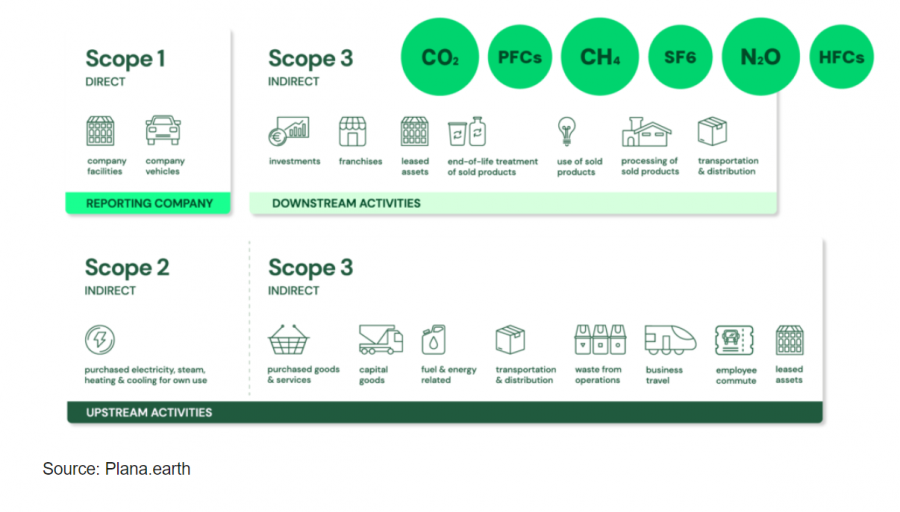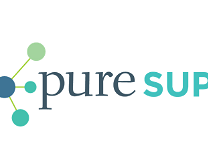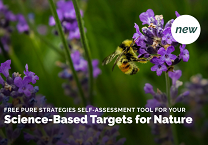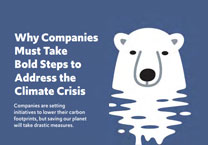How to Measure and Reduce Your Company’s Carbon Emissions
by Tim Greiner
20 April 2022
As more businesses realize their role and responsibility for addressing the climate crisis, many also are exploring the practices they can adopt to mitigate their negative impact and shift toward creating positive benefits for the environment. One tool that all businesses can use to measure their impact and seek paths toward improvement, including how to measure and reduce their company’s carbon emissions, is the B Impact Assessment used for B Corp Certification.
The B Impact Assessment evaluates businesses on numerous aspects of their operations, including worker policies, governance structure, and climate impact. By completing the B Impact Assessment and obtaining a minimum score of 80, B Corps are verified by a third party for their impact through a process that guards against unsubstantiated claims. These standards, which are evaluated and updated regularly, help B Corps avoid claims of greenwashing and encourage them toward continued improvement — offering guidance and resources to enhance their practices.
The climate section of the B Impact Assessment includes several questions and resources focused on a company’s carbon footprint — its environmental impact in terms of greenhouse gas emissions — and best practices to meaningfully address, reduce, and offset those emissions. Companies, and especially B Corps, can incorporate online resources and climate consulting firms in their work to reduce emissions, protect the environment, and shape a regenerative economy.
To shed some light on how businesses of all sizes can begin or expand their sustainability work, B The Change reached out to Tim Greiner, Co-Founder and Managing Director at B Corp Pure Strategies. Since launching Pure Strategies in 1998 with Co-Founder Bob Kerr, Greiner and his team have pioneered approaches to building environmental and social integrity into products, brands, and businesses. Recent Pure Strategies projects include work with Seventh Generation to establish a sustainability strategy and goals; Ben & Jerry’s to develop science-based targets for climate; Walmart to create a sustainable packaging strategy and implementation tools; and Ahold Delhaize to help develop and implement a sustainable chemistry program.
Pure Strategies is just one of numerous B Corps that provide climate and sustainability services. Additional climate consultants and their services are outlined in this resource from the B Corp Climate Collective as well as this list from B The Change. Read on for suggestions and tips from Greiner.
What is a carbon footprint?
Greiner: A company’s carbon footprint is the quantity of greenhouse gas emissions that were produced as a result of its operations. Carbon footprints for business are typically divided into three Scopes. Scope 1 are direct emissions from the business. For example, if your business burns gasoline or natural gas, these combustion processes emit CO2. Scope 2 are indirect emissions, meaning they are emissions produced off-site from energy you use on-site. Electricity is the most common form of Scope 2 emissions. Scope 3 emissions are those from all other parts of your value chain. This would include emissions from raw material extraction and processing, manufacturing, distribution and warehousing, customer use, and end of life.

How do you help small businesses start the process to measure their carbon emissions?
Greiner: If you are new to measuring your carbon footprint, it is best to start with measuring your Scope 1 and 2 emissions. Getting data on your company’s fuel use and electricity is generally straightforward and there are simple calculators that small businesses can use. A good place to start is the Berkley University CoolClimate Calculator or one from Carbon Fund. Note that these calculators look at Scope 3 emissions as well because they ask questions about your value chain and other Scope 3 emissions sources. Many online calculators don’t help you to understand emissions associated with the products you produce. The Berkley calculator does estimate this using procurement data. The tool 2030 Calculator can also be helpful.
Start with a high-level estimate of your emissions using these types of tools. For those seeking to develop more complex estimates that conform to international standards, the GHG Protocol establishes comprehensive global standardized frameworks to measure and manage greenhouse gas emissions from company operations and value chains.
What are some typical first steps businesses can take to reduce their carbon emissions? What is the best way to include carbon offsets in a carbon reduction strategy?
Greiner: The easiest first steps are to focus on energy efficiency and renewable energy. Energy efficiency saves money and reduces your carbon footprint. Examples include LED lights, improved insulation, more efficient motors, optimized compressed air systems, efficient rooftop heating and cooling systems, and more efficient vehicles. Once you’ve exhausted these opportunities, look at sourcing renewable electricity.
Reducing emissions in your value chain will mean getting sourcing, procurement, logistics, and product design teams involved to uncover those opportunities and working with suppliers and customers to create a win-win project. The EPA has some useful tools to help with this work.
Carbon offsets should be considered only after you have exhausted your energy efficiency and renewable energy options.
Resources to help businesses measure carbon emissions and take positive climate action
In realizing the urgency of the climate crisis, businesses in the B Corp community are acting now to have a meaningful climate impact. Businesses can use these additional resources to help calculate their climate impact and reduce it over time.
- CoolClimate: This user-friendly calculator will provide an overview of emissions from Scopes 1, 2 and 3. This calculator will suit a business that does not manufacture goods.
- GHG Protocol Scope 3 Evaluator: This more in-depth online calculator specifically calculates a business’s Scope 3 emissions. This calculator will provide more insight for companies that manufacture goods.
- Carbon Fund: This user-friendly calculator will provide an overview of total emissions from Scopes 1 and 2, as well as two categories of Scope 3 emissions – travel and shipments. This calculator will suit a business that does not manufacture goods.
- U.S. Environmental Protection Agency: This suite of tools cover Scopes 1, 2 and 3. It is well-suited to small manufacturers seeking a detailed inventory of sources of emissions from their business. Such detail will be helpful for companies that wish to identify emissions associated with specific aspects of their operations, versus an overview of total emissions.
This article featuring Tim Greiner originally appeared on the B Lab US and Canada B Corporation site on April 20, 2022.
Written by Tim Greiner
Tim Greiner, a Pure Strategies Co-founder and Managing Director, has pioneered approaches to building environmental and social integrity into products, brands, and businesses. He is also a co-founder of the Chemical Footprint Project and has guided sustainable chemicals management strategies for companies across diverse industries. His experience spans the spectrum from developing sustainability strategy, drafting sustainability goals, designing product sustainability programs, creating approaches to transform sustainable supply chains and facilitating a landscape level stakeholder process to improve climate and water quality outcomes.
Tim's recent projects include helping build a leading climate strategy for Ben & Jerry's, developing sustainability goals for King Arthur Baking, creating a corporate sustainability strategy for Lush, and developing a regenerative grazing standard for Timberland.












